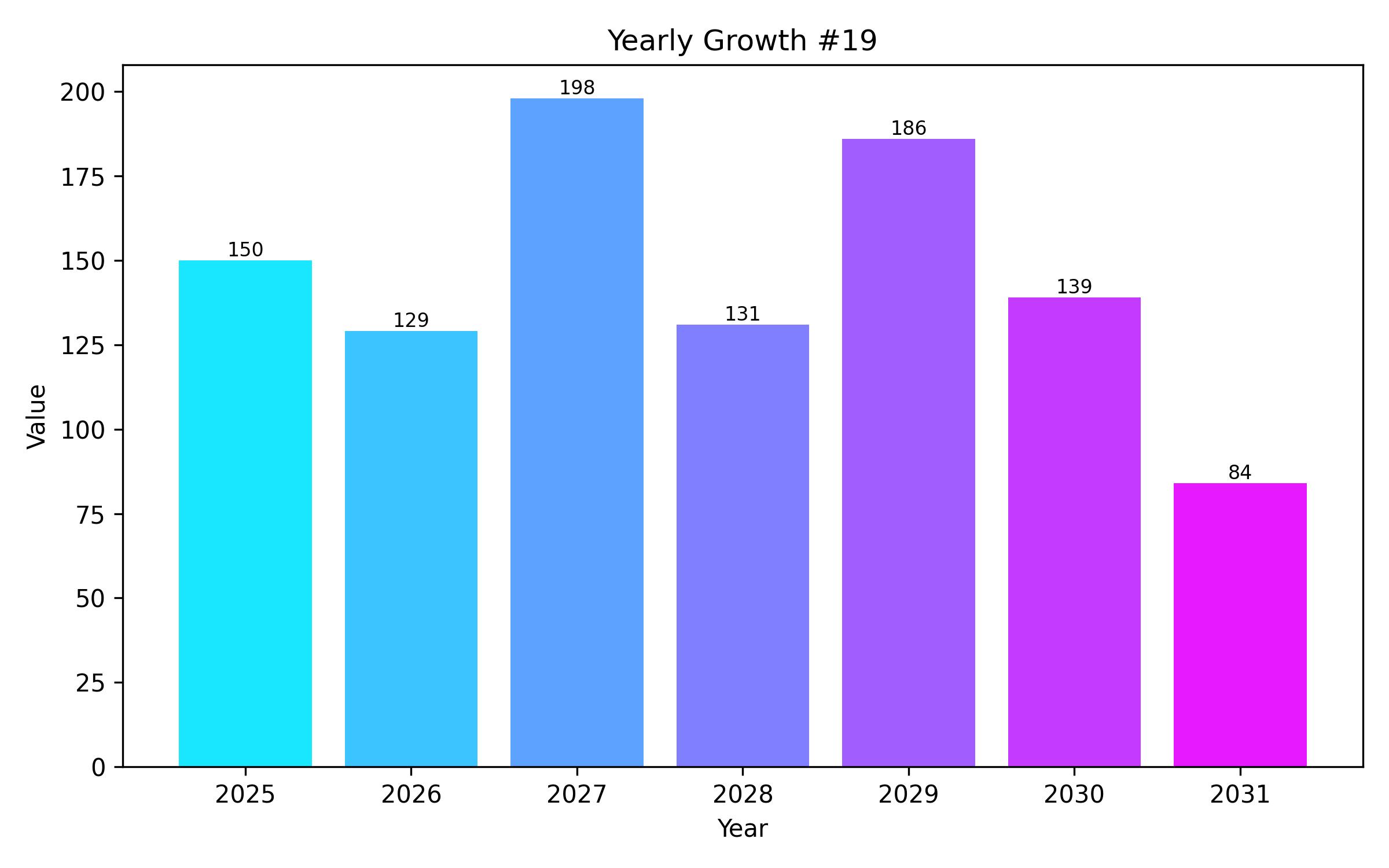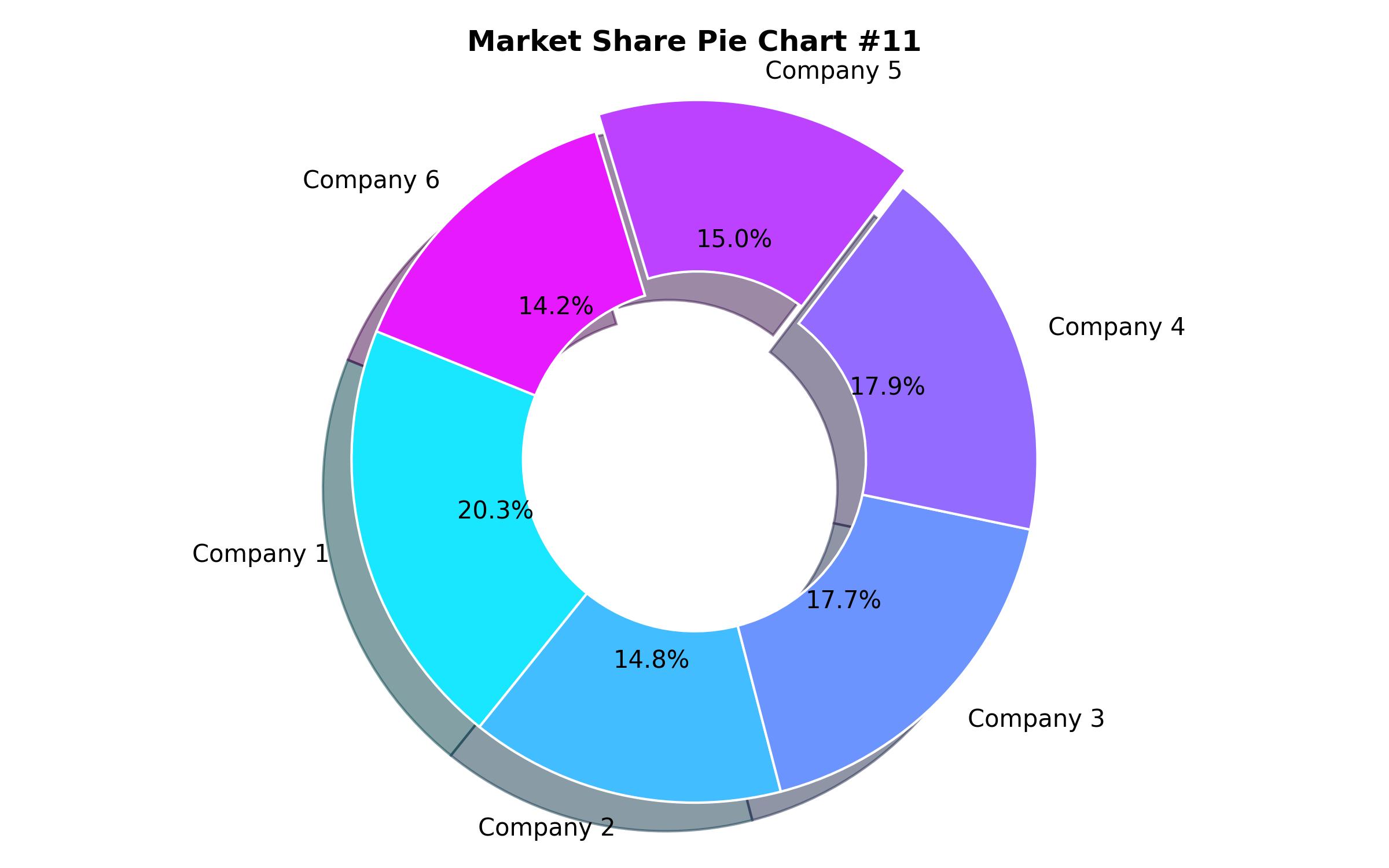Western European Pea Protein Market Landscape: Growth Analysis and Forecasts, 2025 to 2035
Overview:
The Western European market for pea protein is valued at approximately USD 1.3 billion in the current year, 2025. Looking ahead, analysts foresee robust expansion, with projections indicating the market could climb to around USD 3.6 billion by the year 2035. This represents an anticipated compound annual growth rate (CAGR) of roughly 10.4% over the decade from 2025 to 2035.
Several factors are converging to drive this substantial growth. A primary catalyst is the increasing awareness and concern among consumers regarding health and nutrition. Pea protein is widely recognized as a highly desirable plant-based protein source, offering a clean label and being free from major allergens such as soy, dairy, and gluten. As diets shift towards more plant-centric models, including vegetarian, vegan, and flexitarian approaches, the demand for sustainable, high-quality protein alternatives is escalating. Pea protein effectively addresses this need due to its favorable amino acid content, ease of digestion, and adaptability across a multitude of food and beverage applications.
Beyond personal health, environmental sustainability considerations are also profoundly influencing the market trajectory. Both food manufacturers and consumers across Western Europe are increasingly mindful of the ecological footprint associated with food production. Peas are notably efficient in resource utilization, requiring less water and fertilizer than many other crops. Furthermore, they contribute positively to soil health through nitrogen fixation, positioning them as a more sustainable protein option. Heightened governmental and institutional emphasis on green agricultural policies and food sustainability initiatives within the region is further amplifying the appeal of plant-based proteins like pea protein.
Advancements in food technology and evolving consumer preferences, particularly among younger demographics, are providing additional momentum. Food companies are heavily invested in refining extraction and formulation techniques to improve the sensory characteristics, such as taste and texture, and overall functional properties of pea protein in final products. These products span a wide array, from meat substitutes and dairy alternatives to nutritional bars and sports supplements. As the sensory gap between plant-based and conventional food items diminishes, a broader base of mainstream consumers is becoming increasingly receptive to adopting these alternatives.
This confluence of health trends, sustainability imperatives, and technological progress is positioning pea protein as a foundational ingredient in the evolving dietary landscape of Western Europe. Anticipated ongoing innovation in processing methods and new product formats is set to sustain this market expansion throughout the coming decade.
Product innovation remains a key driver. Companies are developing textured forms and ingredients with enhanced functional properties, improving how pea protein integrates into complex food matrices. This allows for more successful creation of products that closely mimic the characteristics of animal-based foods, expanding the market reach.
Consumer education also plays a role, with increasing awareness of the nutritional benefits and environmental advantages of pea protein. This informed consumer base is actively seeking products containing this ingredient, creating a favorable market environment.
Finally, cost-effectiveness compared to certain animal proteins, especially as production scales up, is making pea protein an attractive option for manufacturers seeking to offer affordable plant-based alternatives, further stimulating market penetration.

| Report Attribute | Details |
|---|---|
| Market Valuation in 2025 | USD 1.3 billion |
| Projected Revenue for 2035 | USD 3.6 billion |
| Compound Annual Growth Rate (CAGR) | 10.4% from 2025 to 2035 |
| Base Year for Projections | 2024 |
| Historical Data Scope | 2018 – 2023 |
| Estimation Period Covered | 2025 – 2035 |
| Quantification Units | Revenue in USD million/billion and CAGR from 2025 to 2035 |
| Report Coverage Parameters | Revenue forecasts, key company market shares, competitive landscape, growth catalysts, and industry trends |
| Market Segmentation Defined | Product type, nature, processing method, end-use application, and geographic country coverage |
| Geographical Scope Included | Western Europe |
| Key Countries Profiled | Germany, United Kingdom, France, Italy, Spain, Denmark, Finland, Benelux, Rest of Western Europe |
| Major Companies Discussed | Roquette Freres, Cosucra Groupe Warcoing SA, Sotexpro SA, Ingredion Inc., Cargill, Incorporated, Koninklijke DSM N.V., Kerry Group PLC, Axiom Foods Inc., Fenchem Inc., Martin & Pleasance, The Green Labs LLC, Burcon Nutrascience, The Scoular Company, DuPont |
| Report Customization Options | Flexible report customization (spanning up to 8 analyst workdays) upon report purchase. Adaptations available for country, regional, and segment specific scope. |
| Purchasing and Pricing Information | Tiered and customizable purchase plans designed to meet diverse research requirements. |

Report Coverage & Deliverables
- Market Trends And Dynamics
- Competitve Benchmarking
- Historical data and forecasts
- Value/Volume analysis
- Company revenue shares and key strategies
- Regional opportunities
This is an indicative segmentation. Please request a sample report to see detail segmentation of this market.
Detailed Market Segmentation
- By Product Type
- Isolates
- Concentrates
- By Nature
- Organic
- Conventional
- By Processing
- Wet Processing
- Dry Processing
- By End Use
- Food and Beverages
- Meat Substitutes
- Dairy Alternatives
- Bakery and Confectionery
- Snacks and Sweets
- Beverages
- Nutrition and Supplements
- Other Food and Beverages
- Animal Feed and Pet Food
- Nutraceuticals
- Personal Care
- Other Industrial
- Food and Beverages
- By Country
- Germany
- United Kingdom
- France
- Italy
- Spain
- Denmark
- Finland
- Benelux
- Rest of Western Europe
Table of Content
- Executive Snapshot
- Market Overview
- Key Market Dynamics
- Driving Factors
- Restraining Factors
- Opportunity Assessment
- Western Europe Pea Protein Market Size (USD Billion) and Volume (Tons) Projections, 2018-2035
- Market Share Analysis by Product Type, 2025 & 2035
- Market Analysis by Product Type, 2018-2035
- Market Share Analysis by Nature, 2025 & 2035
- Market Analysis by Nature, 2018-2035
- Market Share Analysis by Processing, 2025 & 2035
- Market Analysis by Processing, 2018-2035
- Market Share Analysis by End Use, 2025 & 2035
- Market Analysis by End Use, 2018-2035
- Market Share Analysis by Country, 2025 & 2035
- Western Europe Market Analysis by Country, 2018-2035
- Competitive Environment
- Market Structure Analysis
- Key Players’ Market Share
- Company Profiles
- Assumptions and Key Considerations
- Methodology
